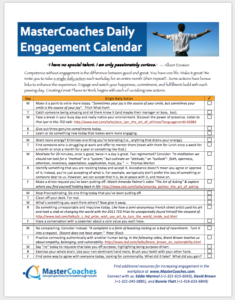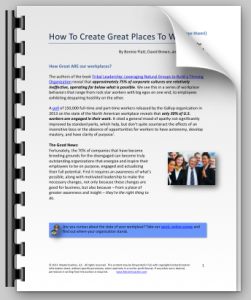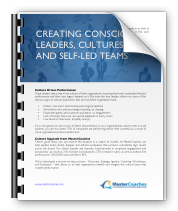I’m sitting at a restaurant as I write this. A salesman has just walked in and done his usual pitch to secure the restaurant’s business for a product or service. The restaurant’s manager, however, isn’t interested and quickly dismisses the salesman. It wasn’t the first time the salesman had visited on this restaurant, and I respect his persistence to want to “help the restaurant make more money,” to “do whatever is necessary to have you become a customer,” and to want to speak with “the decision-maker.” He was quickly shown to the door.
Having a good product or service isn’t enough. While having a “differentiated, value-added offering” is important in today’s marketplace, it’s insufficient. When we focus solely on the exteriors – our offering’s features and benefits, making the sale, the terms & conditions – we reduce our customers, and ourselves, to mere transactions. Our offerings become objects. We impersonalize them. And, sadly, customers feel it, so they respond in kind.
This is not a challenge only salespeople face. We all show these behaviors in one way or another. Our culture and society in the developed West emphasize efficiency. We therefore play the game and then wonder why we don’t win.
Here are suggestions for a more productive and fulfilling approach:
- Authenticity is a competitive advantage: Exteriors are only 50% of the equation. No doubt you must understand your offering’s features, benefits, and price structure. You must communicate clearly, look professional, make eye contact, etc. But it’s not enough. To be successful, you must also focus on interiors: what people value, what they believe, why they believe that, what they care about, etc. You must be sincere about it; it must be felt. People spot a mile away when you act like you care in order to obtain something in return.
- Relationship before business: As a rule of thumb, build the relationship first, and then talk business. Interior to exterior. When things go wrong – and they will – the credibility and trust that you’ve invested in first may be the only saving grace you have with that customer. Besides, people make emotional decisions first, then rationalize them. Connect emotionally first.
- Know yourself. Know why you do what you do. Know what’s important to you. These are the drivers that must align with your actions in order for your actions to connect. You need to be personally connected to why you’re in the business you’re in; otherwise, your business is unsustainable. Connecting allows you to tap into a source of unlimited power, ambition, energy, passion, enthusiasm, authenticity and inspiration. It sustains you when people, for their own reasons, reject your offering.
- Communication is more than just speaking and listening. Speaking is important and, as we’ve already seen, it’s an exterior component. But it’s really only a small percent of the equation. There’s also how we listen and who we are being. Research shows that only 7% of our communication consists of the words we say. The other 93% is non-verbal: body language, tone, mood, intention, etc. The point is: these non-verbal components are powerful. This isn’t simply body language. Our thoughts, feelings, and intentions influence not only what we say and how we’re heard, but also what we hear. Others actually behave and show up in certain ways according to the alignment of these components.
Think back to the salesman incident I mentioned at the beginning. Now think of times you were either on the receiving end of a great or terrible salesperson, or you were the salesperson and it went really great or fell really flat. How did your experience correlate with what we just shared? We would love to hear from you.





Social Links